Parys Mountain & Newborough Forest, Two of Anglesey’s Big Attractions
Nearing the end of our motorhome tour of Anglesey, we’ve visited the outlandish copper mine at Parys Mountain and the beautiful trees, dunes and beaches of Newborough Forest. These are two of Anglesey’s big attractions, and we found both are easy to access and enjoy, even in peak season.
Point Llynas Lighthouse
After waving goodbye to the wardens at the temporary holiday site at Cemaes we made a detour through Amlwch (pronounced am-luck, I just looked it up) to Point Llynas Lighthouse. Locals had told us dolphins or porpoise (we’re not sure which) were often spotted from the low cliffs, so we chanced our luck.
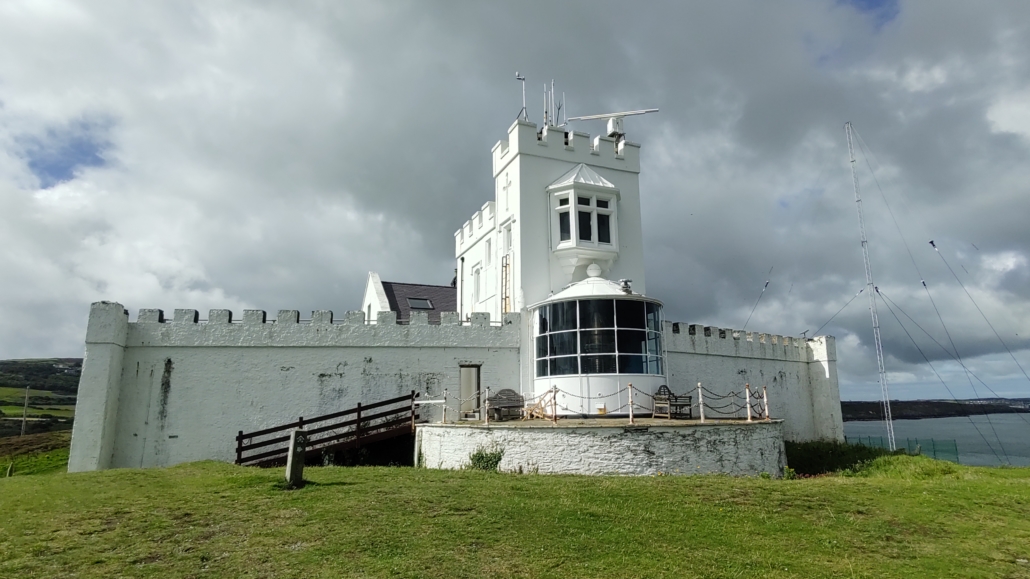
The roads around Anglesey are proving easy to drive in Zagan. We’re tending to stick to the A roads, the A55 (fast dual carriageway), A5025 (which takes in the whole of the north shore) and A4080 (the southern shore). These have all been wide enough for relaxing driving. Also, the island’s relatively small and we can cross it end-or-end in 30 or 40 minutes, maybe an hour at most.
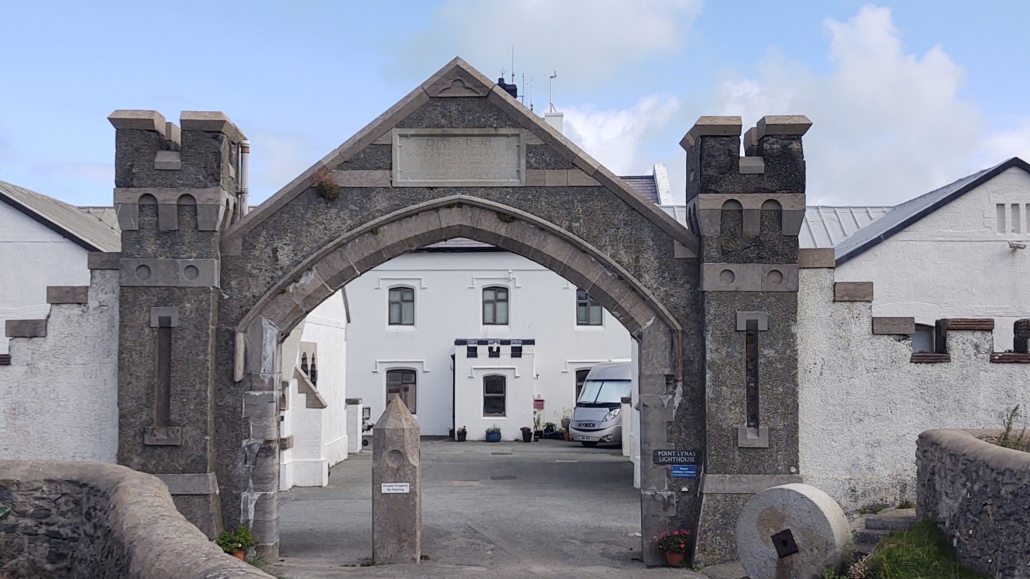
From the A5025 we needed to take an unclassified road down to a car park we’d spotted on Google Maps. Again the roads were quiet and it was straightforward to reach the small parking area, finding the grassy back area had been opened up as an overflow. Handily for us and a minibus full of excited teenagers heading out coasteering. The car park is called Maes Parcio Llaneilian and is free, but as usual on Anglesey, no overnight parking is allowed.
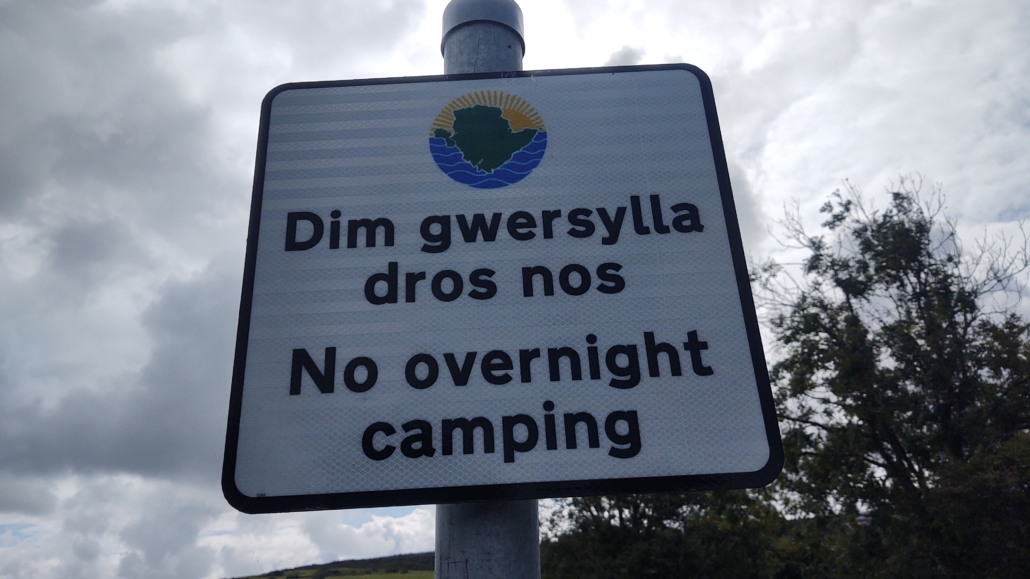
From there it’s a mile walk to the Point Llynas Lighthouse, unusual in that the light is housed at ground level. You can walk around the front and stare into the lens. The whole area is stunningly beautiful. We spent about 40 minutes peering out to sea, mostly calm but for one area which seemed riled up and was ripping into itself. Apart from a couple of distant diving birds, we didn’t see any other wildlife, but the views alone were worth the walk, as pottered our way back to the van.
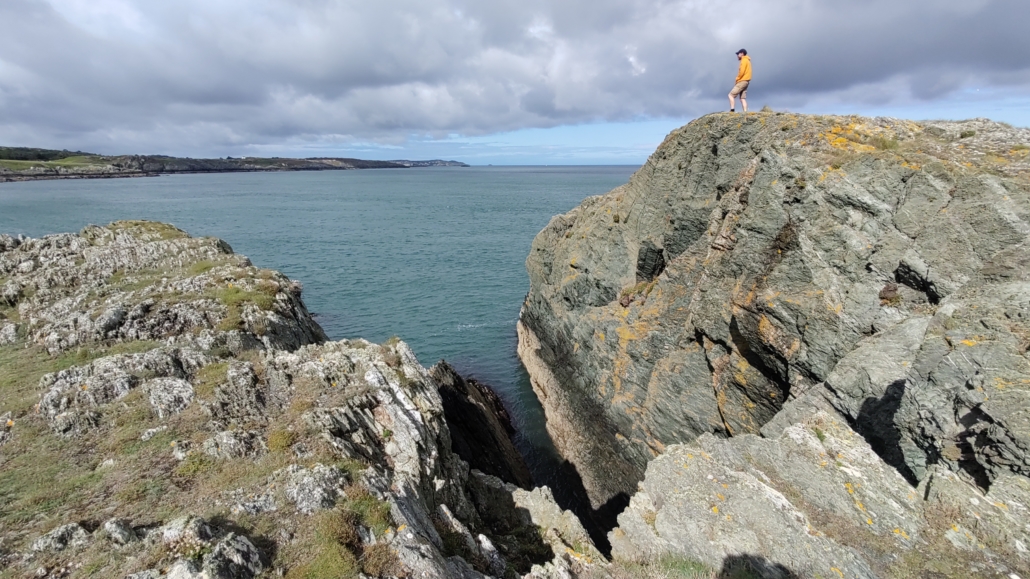
Parys Mountain & The Coppermine Trail
Back at the main road, we took the nice-and-wide B5111 the short distance up to Parys Mountain, or Mynydd Parys in Welsh (copperkingdom.co.uk). The parking area for the mountain is free but has a 2m height barrier. Fortunately there’s a long gravel lay bye opposite, which we popped into along with a few other campers, vans and motorhomes. We cooked up some lunch then tackled the mountain.
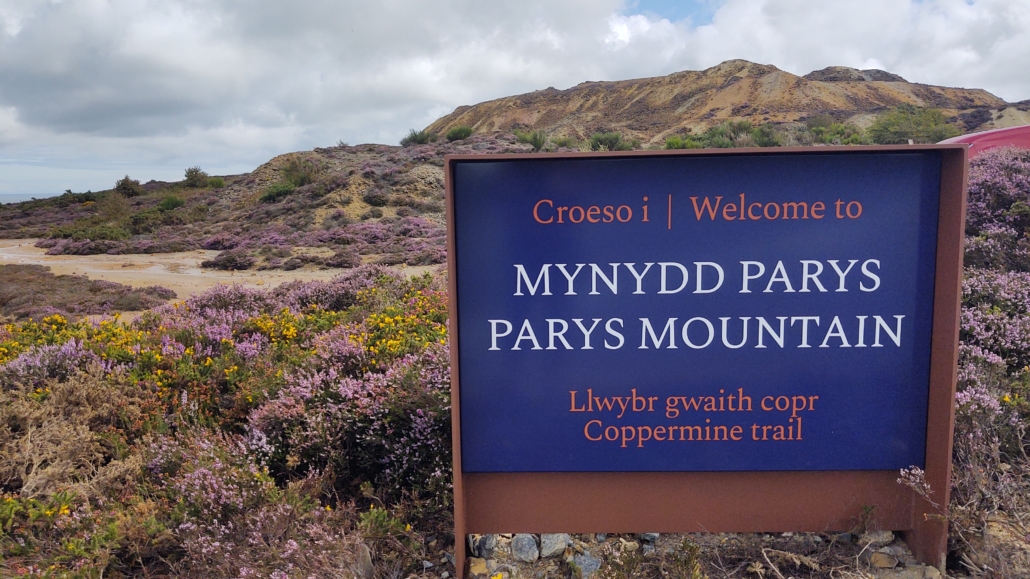
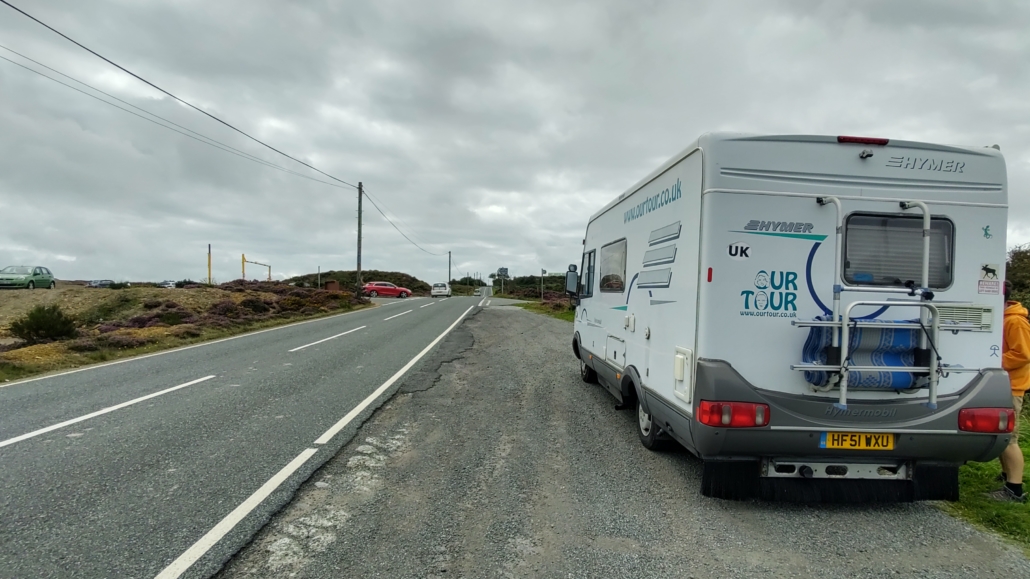
The mountain is a mountain in name only. It’s only 147m high, so falls well short of the 610m height requirement. It’s a big hill though. At least it was, until the miners got at it starting in the 1860s and tore it apart for the copper, sulphur and other useful stuff locked in the rock. It closed in 1936 and today there’s no noise or fumes to detract from the incredible Mars-scape left behind. Great swathes of multi-coloured rock stand piled around huge excavations in the ground. If it wasn’t for the purple heather blossoming across the site (the acidity of the rock means nothing else grows), and we could have easily imagined ourselves on another world.
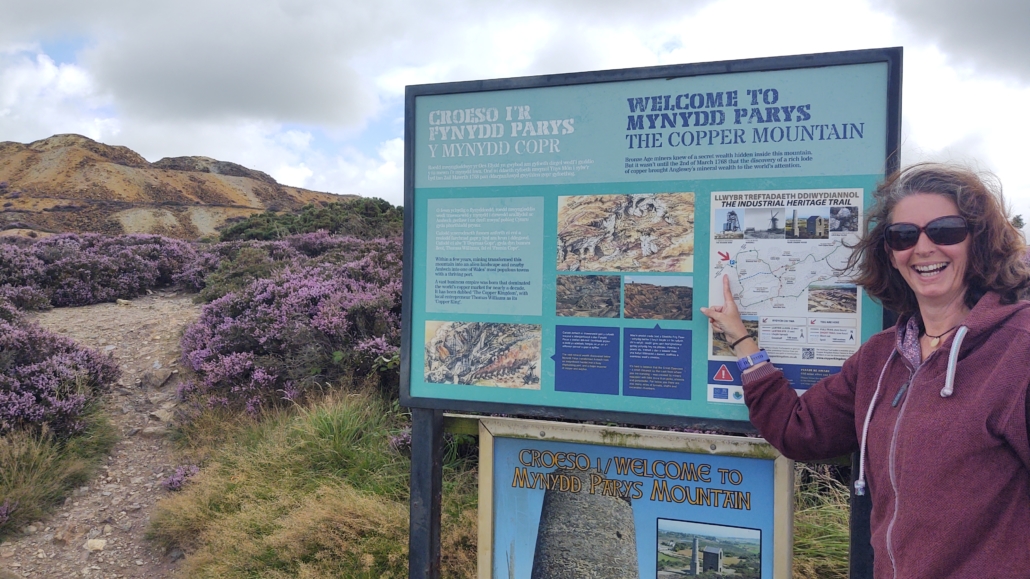
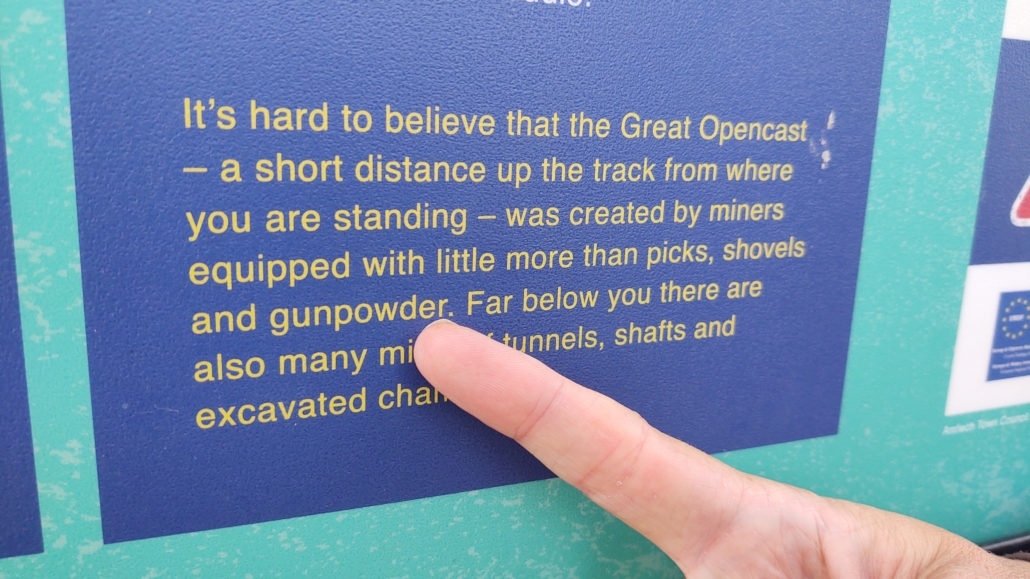
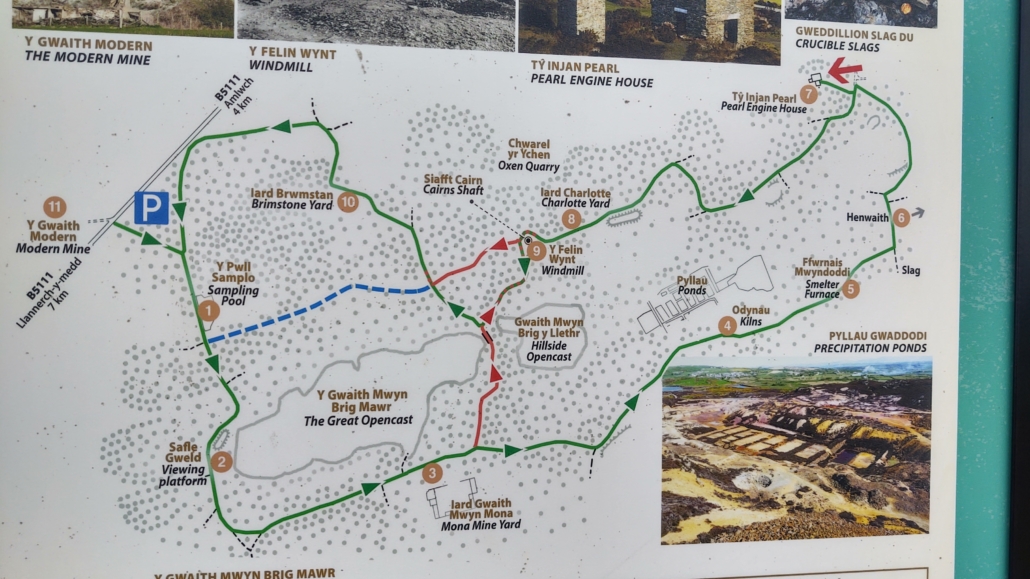
We spent two hours walking the trail which circumnavigates the site, all of which is free of charge (some folks ride it on mountain bikes). Information boards explain how the rock was crushed by hand (including by women), and then processed in various ways to extract metals and sulphur.

These included kilns and furnaces, and precipitation ponds into which ore was dropped with scrap iron, resulting in a copper-rich sludge at the bottom. The ponds are still there, along with ruins of buildings and a windmill used to help pump water which stands as a landmark above it all.
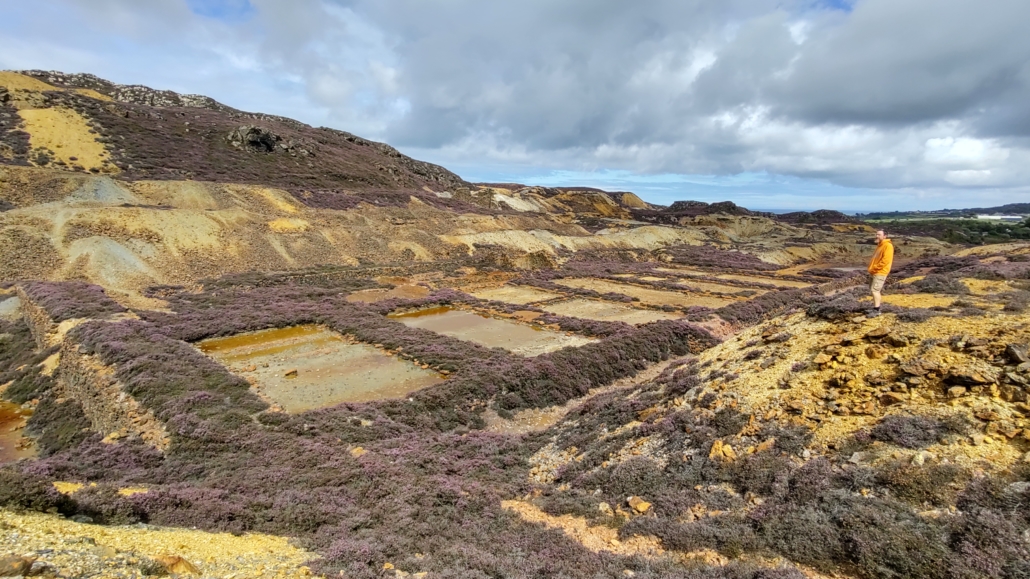

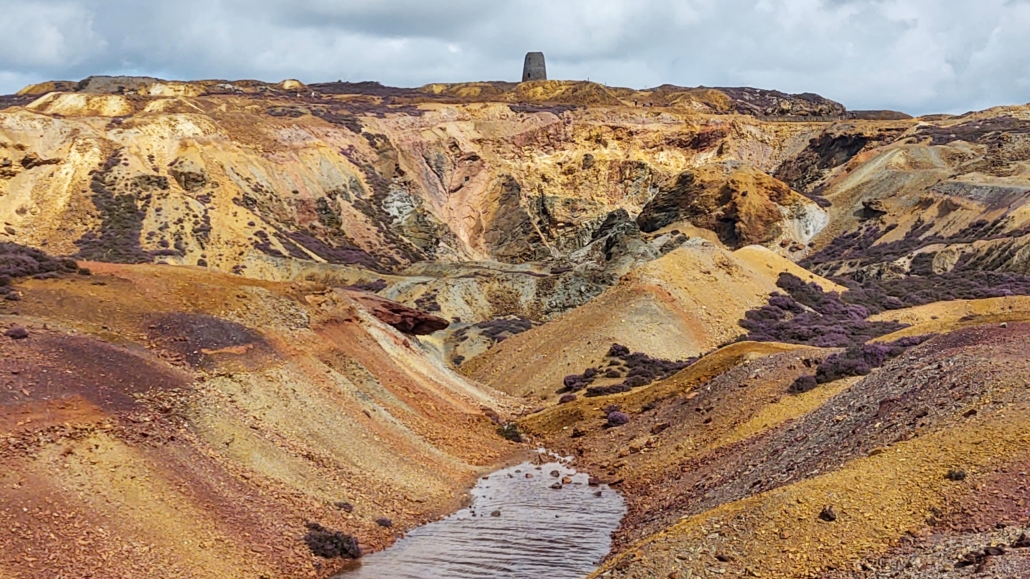
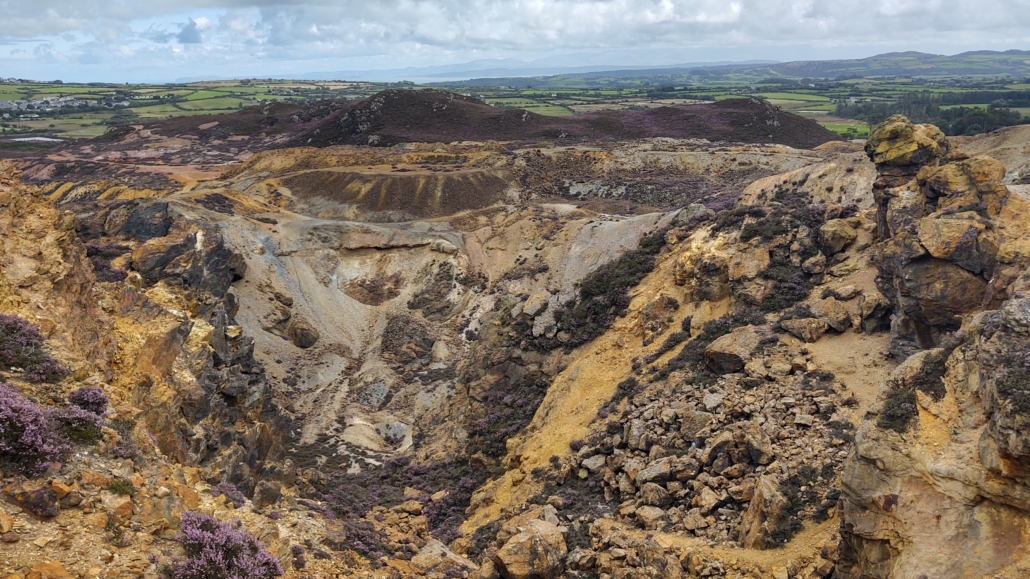
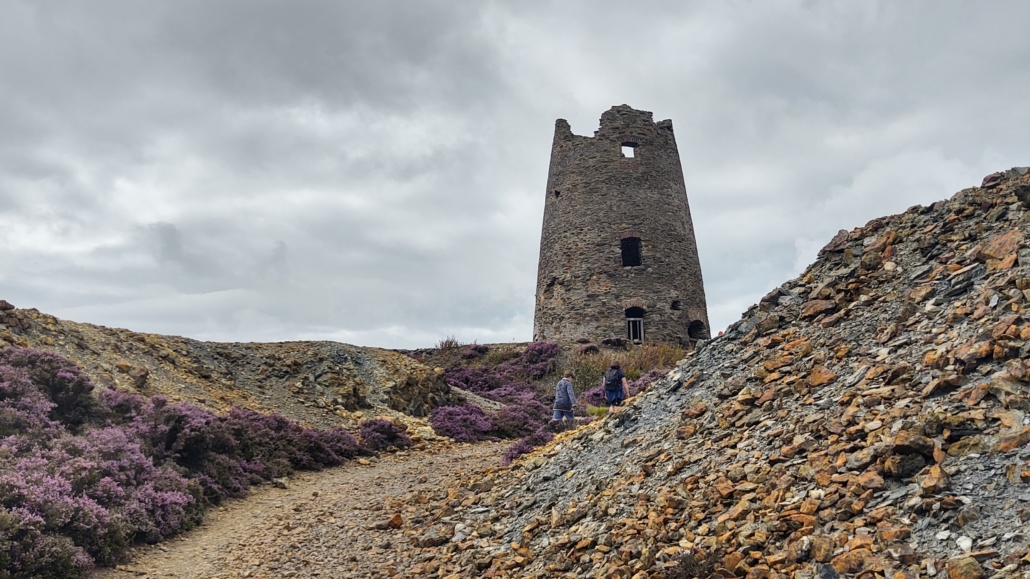
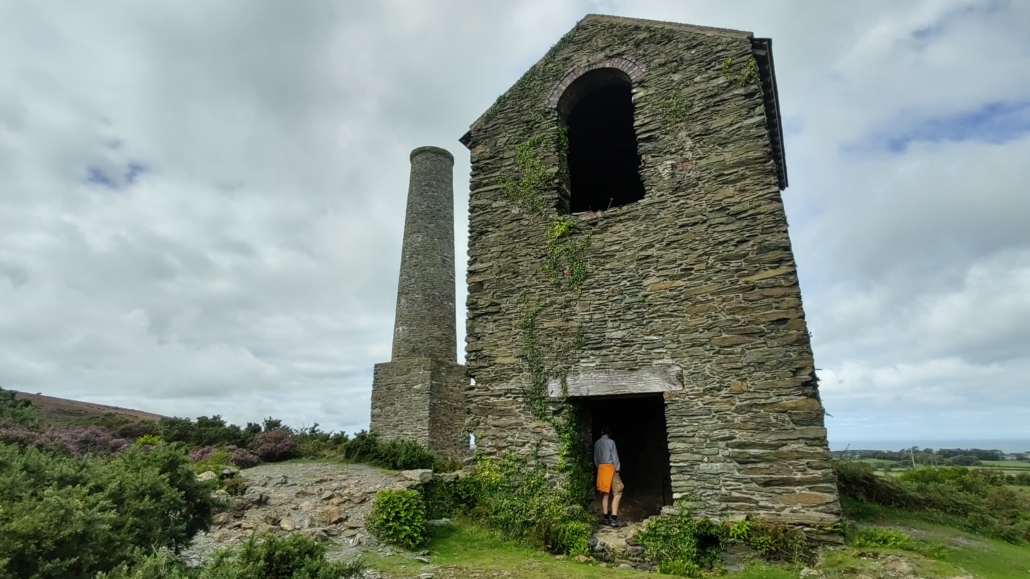
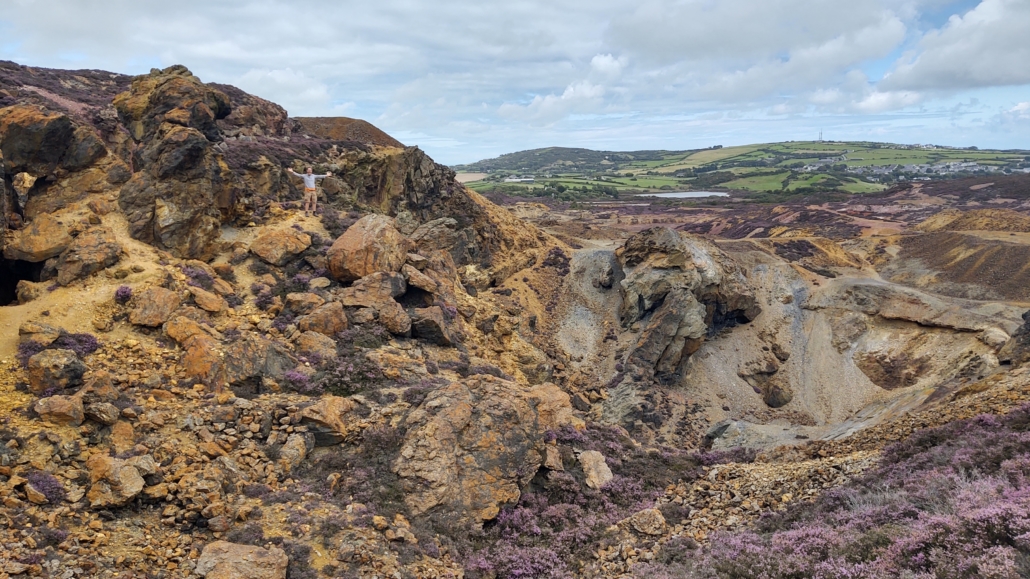
Most of the ore was extracted from the surface, but there are also around 20km of underground mines (and more but the rest are flooded). At a viewpoint close to the car park we were lucky to bump into a friendly tour guide waiting for his group. We didn’t catch his name, but he’d been involved in the mine for 30 years and knew seemingly everything about it. He led tours of the mines, but you needed to buy your own insurance (and wear gloves to protect from the acidity). The insurance wasn’t expensive, about £20 a year, but it got cheaper as the year wore on so in the autumn months you could get it year for just a few pounds.

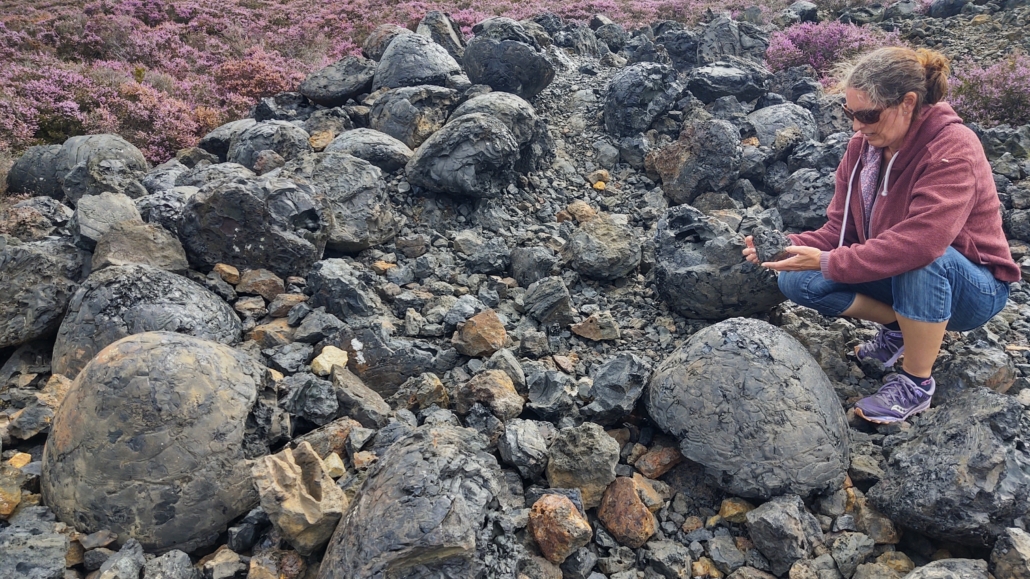
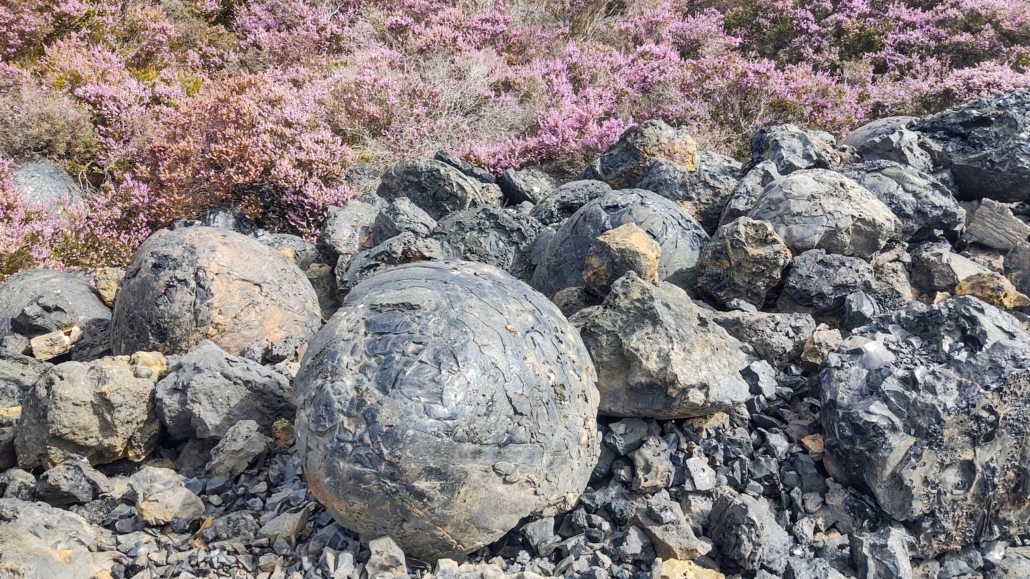

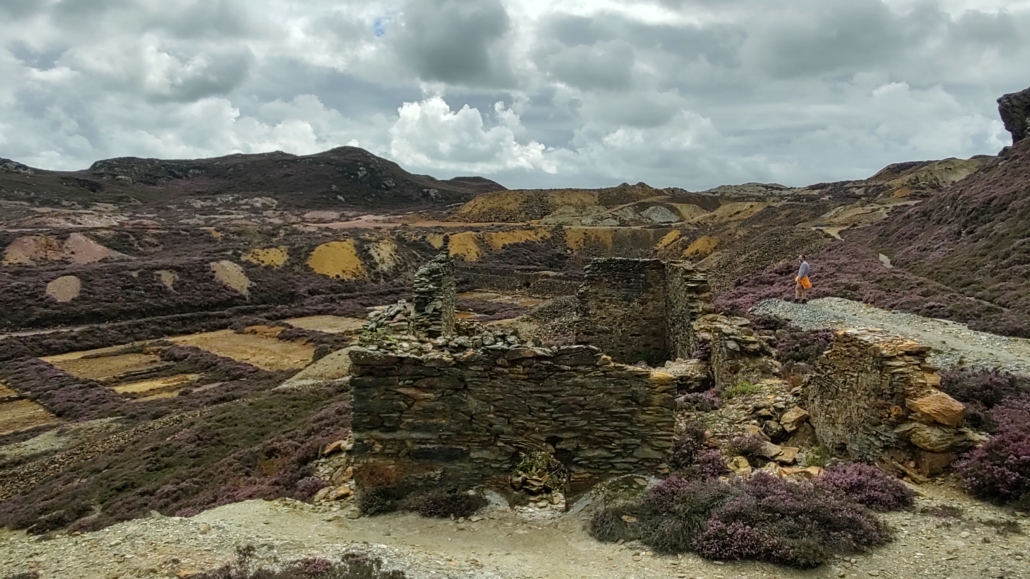
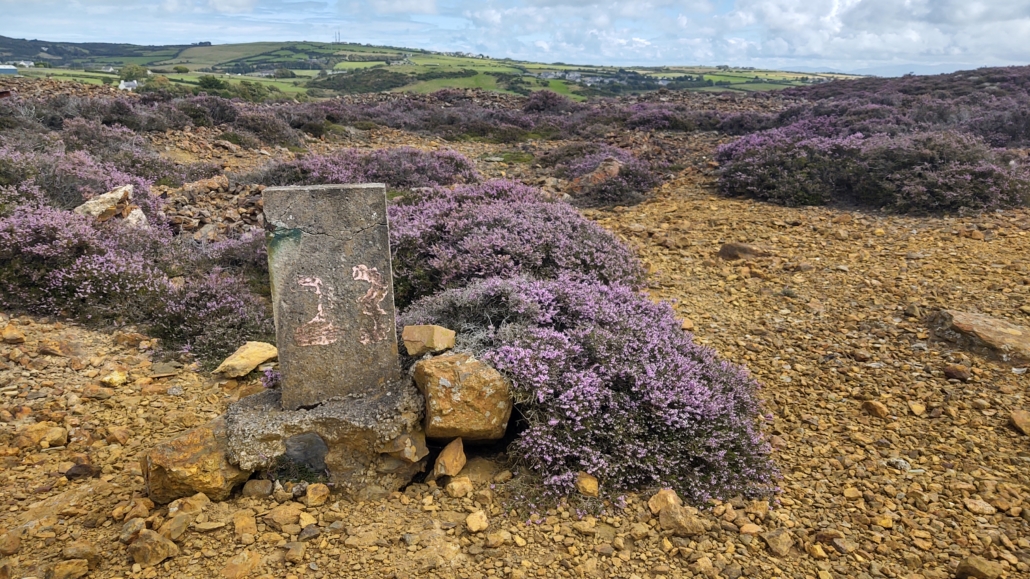
He also told us the Copper Mountain visitor’s centre in Amlwch is sadly closed as the building has problems with water flowing from a nearby rockface. Amlwch itself was transformed by the mine, from a fishing village into one of the 18th and 19th centuries most industrious ports. Thousands of people worked there below the noise and pollution. So much metal was extracted the mine effectively set world prices for copper, some of which was placed onto the hulls of ships to protect them from marine growth and rotting. This included Nelson’s flagship, HMS Victory, making it faster and more manoeuvrable.
We really were impressed by Parys Mountain. What could be an eyesore, an enormous scar on the surface of such a beautiful island, was to us itself something beautiful to see. The colours of the rock were made more vivid by the flowing heather in full blossom, and the sheer scale and depth of the workings brought back memories of gorges in France’s Provence. It’s well worth a detour folks. We recommend walking up to the bridge by the windmill ruin, the sight looking east is mind-blowing.
Newborough Forest
From Parys we headed back to the A5025 and followed it clockwise past Moelfre where we started our island tour, the long-named LlanfairPG onto the A4080 and down to Awelfryn Campsite at Newborough (www.whitelodgecaravanpark.com, location: N53.161020, W4.366388).
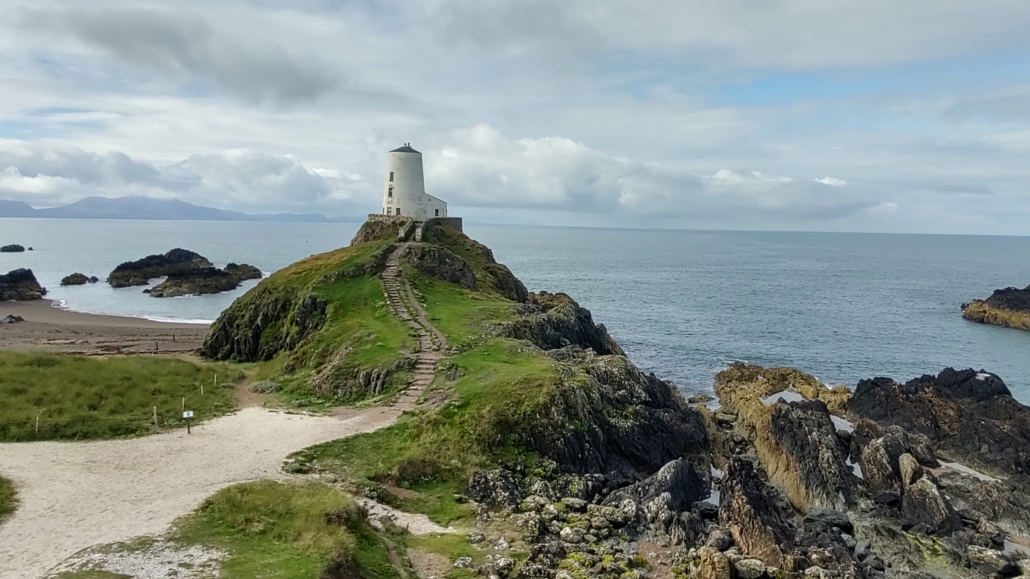
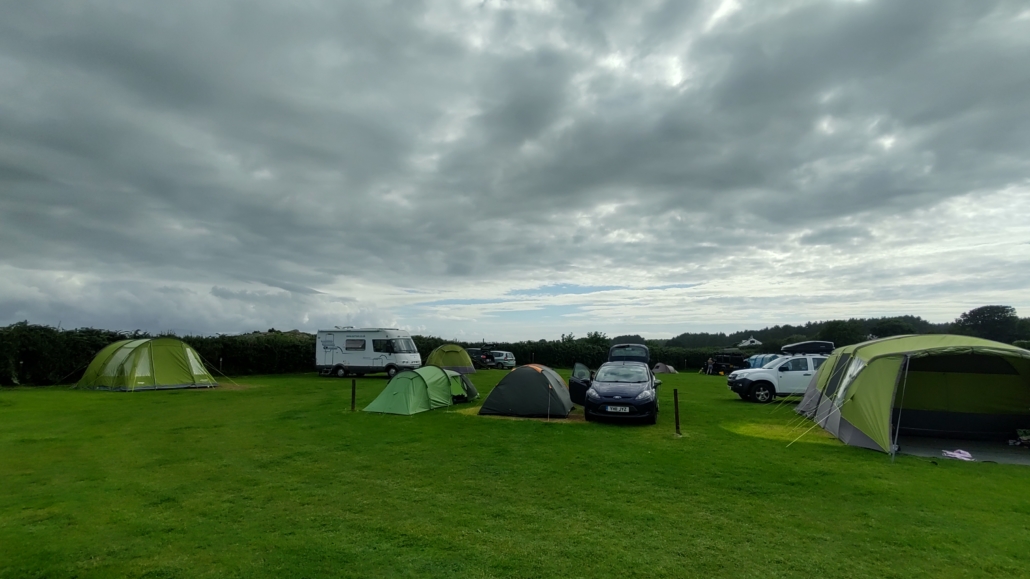
The site is set inland. It’s about a 40 minute walk to the beach at Llanddwyn Bay, first down the road and then on paths. Going the other way it’s roughly a nine minute, 18 seconds speed-hike from ‘The Codmother’ chippy in the village. They cook everything fresh so either pre-order on their website or expect a long wait at busy times! We were there about half an hour waiting, but it was worth it, and we got to hear plenty of Welsh being spoken. There’s a convenience shop in the village too, but it ain’t cheap so you might want to stock up before you arrive.
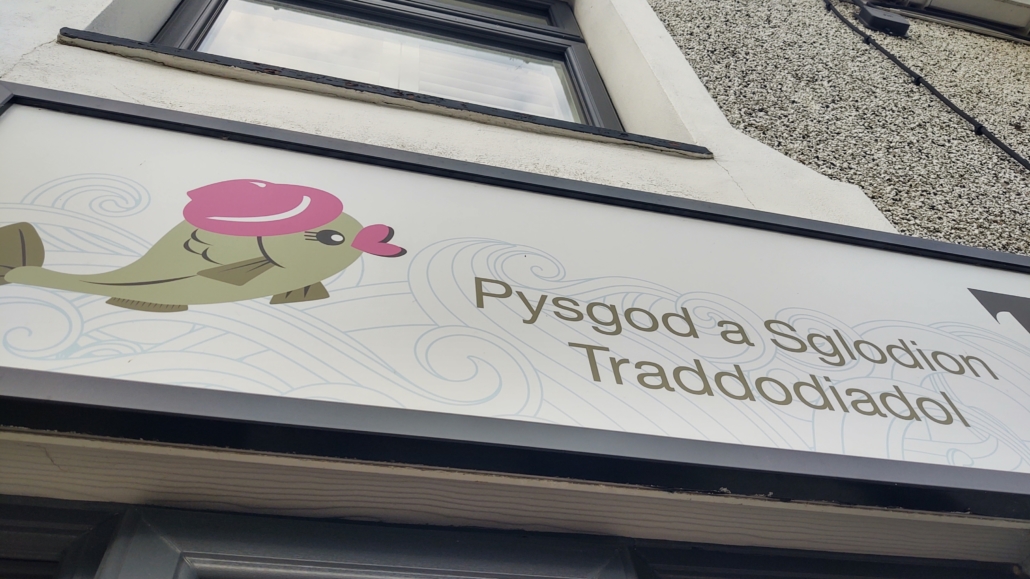
The Corsican Pines which make up the forest were planted, controversially at the time, between 1947 and 1965. They were intended to stop coastal erosion and to provide timber. Red squirrels live there now, but without Will feeding them like he does at Llangefni, we’d not much chance of seeing them.
Signs near the car park show the dunes naturally shift back and forth over the decades, so maybe the trees weren’t necessary. Whatever’s the case, the area clearly attracts a lot of visitors with its network of forest trails and broad beach looking across the sea to the mountains of Snowdonia and the Llŷn Peninsula.
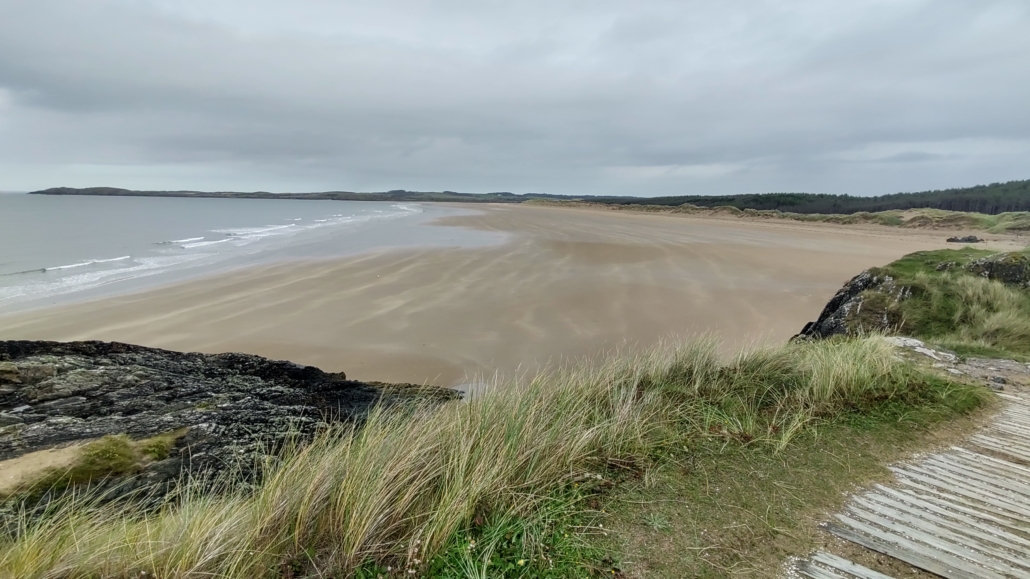
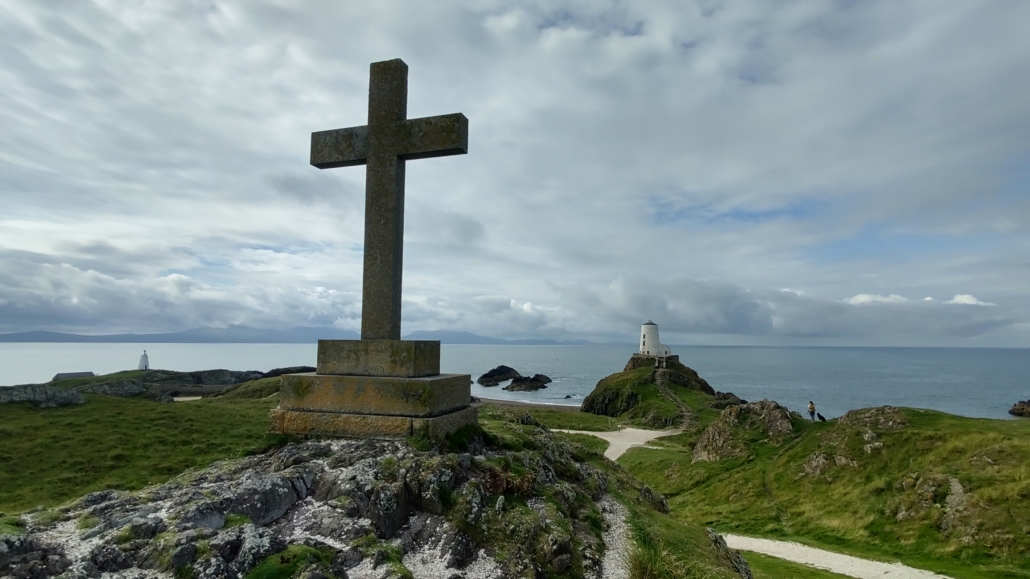
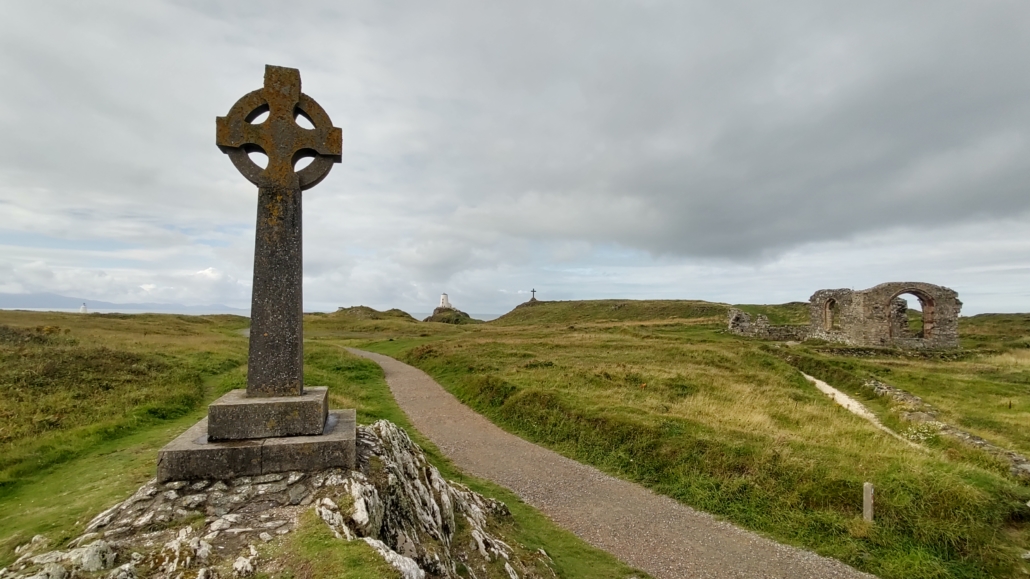
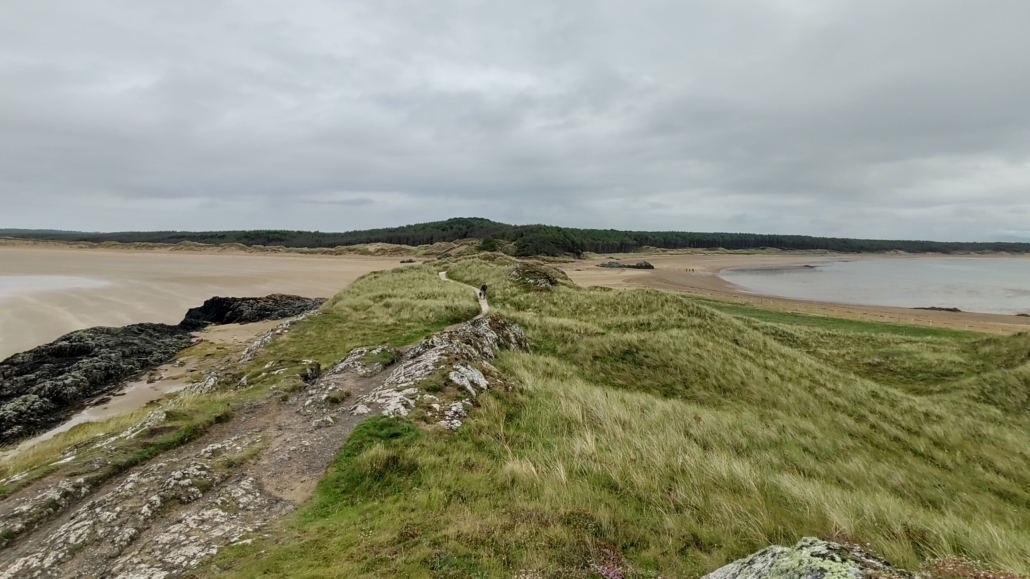
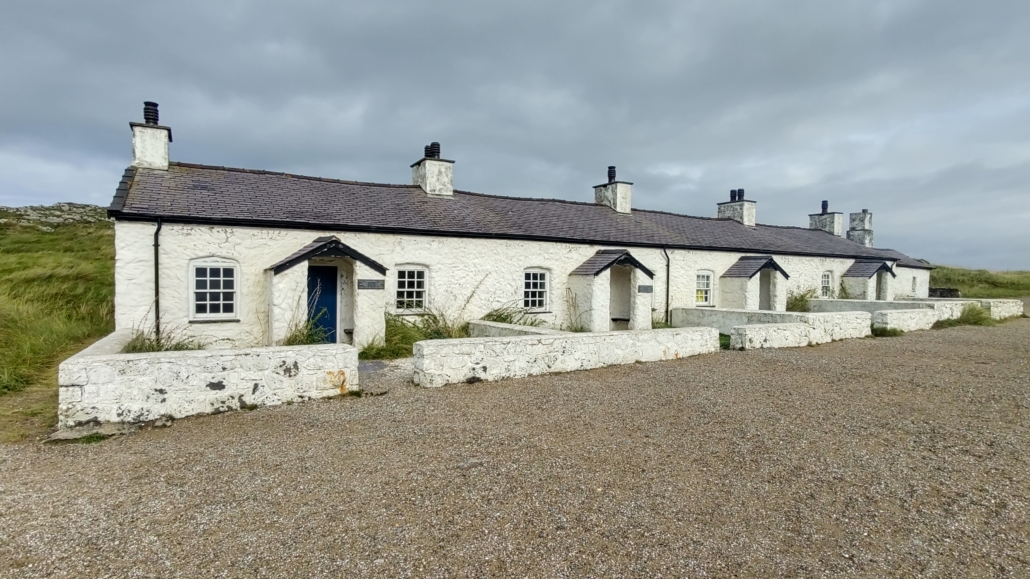
The forest here’s famous and popular as a result. It has a large beach car park which is off-limits to overnight stays. Each evening a height barrier is swung into place a mile or so away on the entrance road. ANPR cameras record vehicle’s numberplates as they arrive and leave. We saw long queues waiting to pay at the exit barrier at busy times.
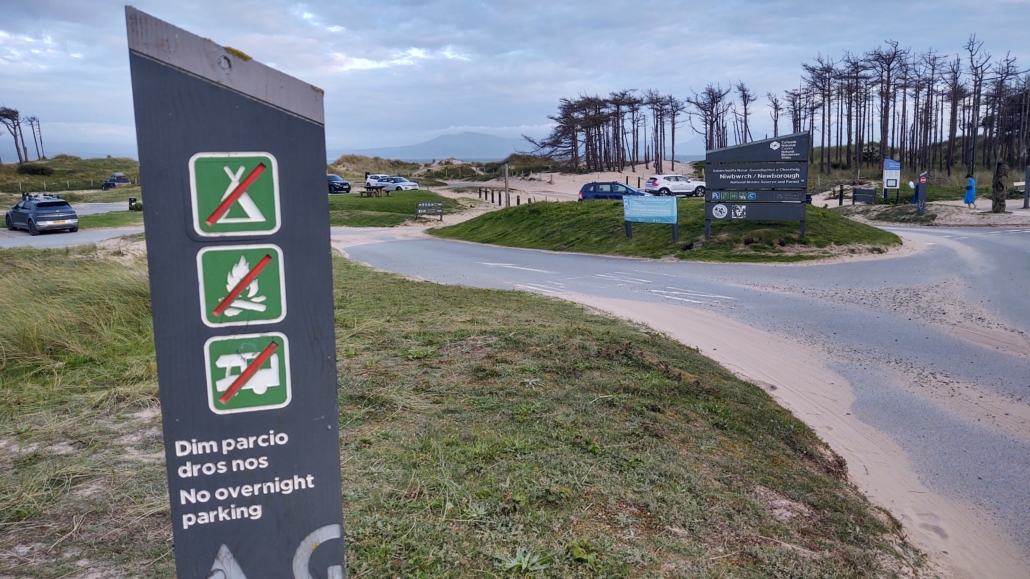
You can, of course, visit for the day in a motorhome and we’ve seen plenty in the car park. If you choose to stay at the campsite, it’s popular with tents and was booked-up when we wanted to come here for the 5km Parkrun last Saturday. You may want to book ahead.

Low Cost Camping on Anglesey
We’re close to the end of almost three weeks in our motorhome on Anglesey. Wev’e had a cracking time, really enjoyed it and play has has only been rained off for a few half days. Ju’s worked out we’ve averaged £18 a night on sites. Back in the day we’d have sucked air at spending that amount of money. Especially outside the UK, where cheap or even free aires and wild camping are far more commonplace. In post-pandemic Wales, with more ‘No Overnight Parking’ signs than seagulls, we reckon £18 a night isn’t bad. Especially given just how beautiful an area we’re in and after finding out that the first campsite we stopped next to was charging £46 a night. Also, we’re here in the summer school holidays, so demand should be higher (in theory at least, we reckon many may have gone abroad this year).
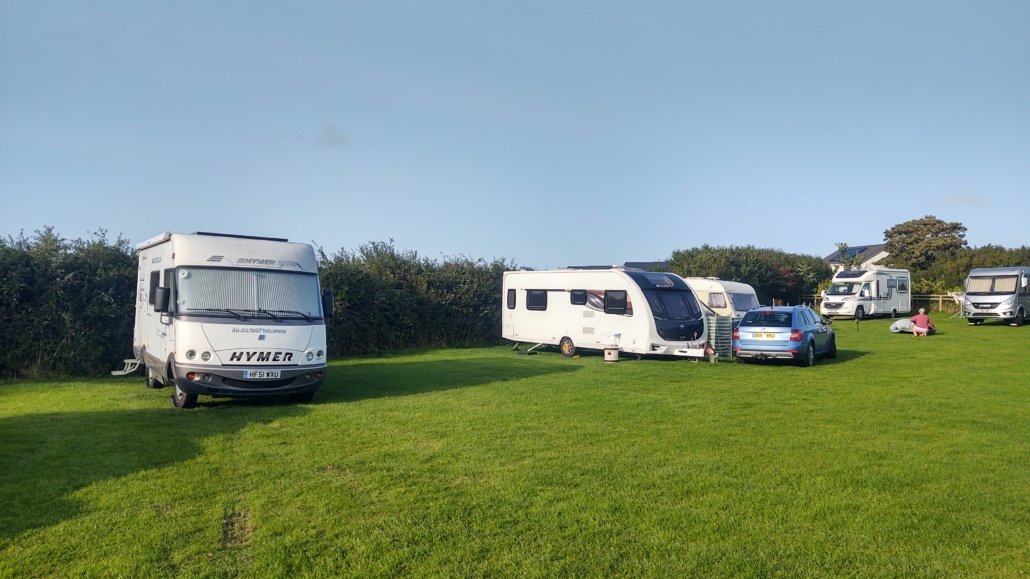

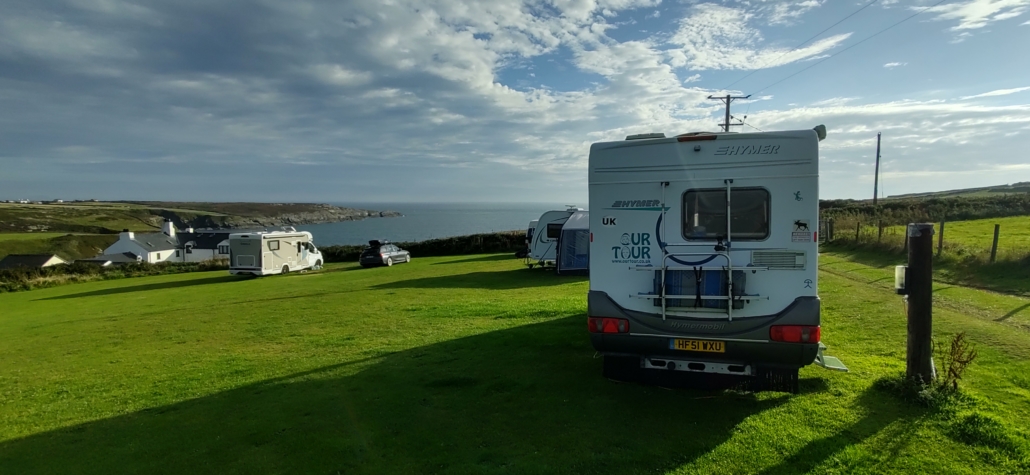

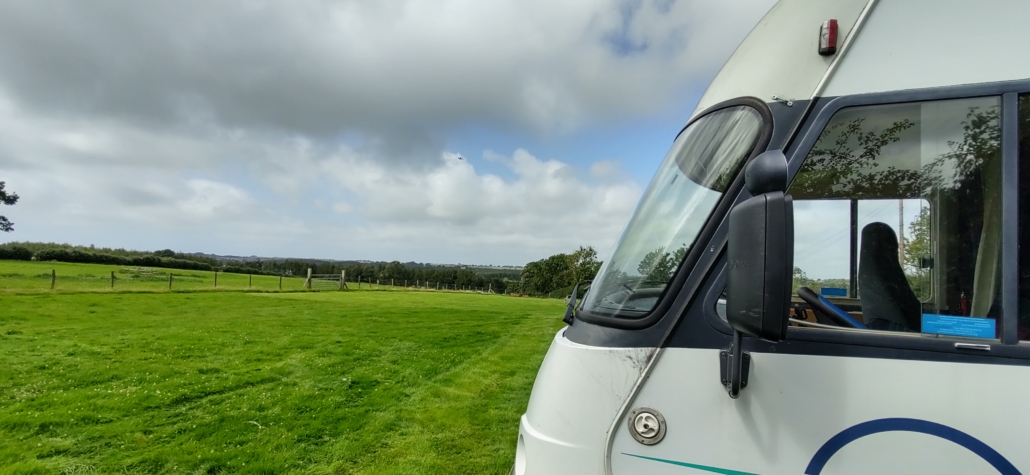
We could easily have spent much more, but we’ve stuck to the smaller sites, have only had a few nights on hook-up (we’ve a solar panel) and used our on in-van facilities (so didn’t need sites with shower blocks). Joining one of the camping clubs helps, as it gets you access to the CS and CL farm sites. We’re in the Camping and Caravanning Club and have used a few of their temporary holiday sites too, no-frills fields usually costing about £15 a night without hook-up or £20 with it.
We’re heading home tomorrow and have a few running races in our diary for August and September. After that we’re unsure of our plans. We might try and get away in Zagan towards the end of the year, or maybe fly somewhere for a few weeks in the sun. As usual, we aren’t great at planning, so will just see how it goes.
Jay

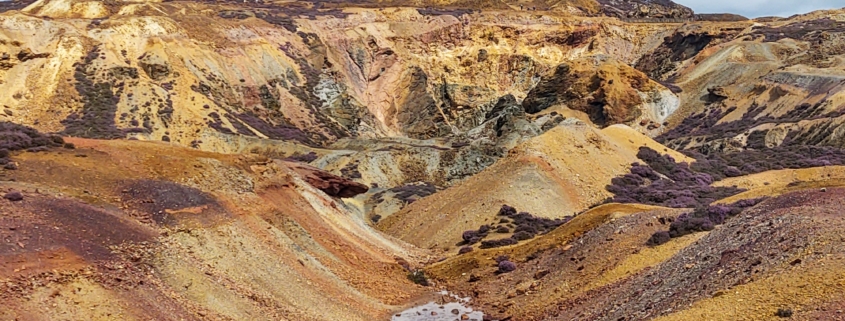
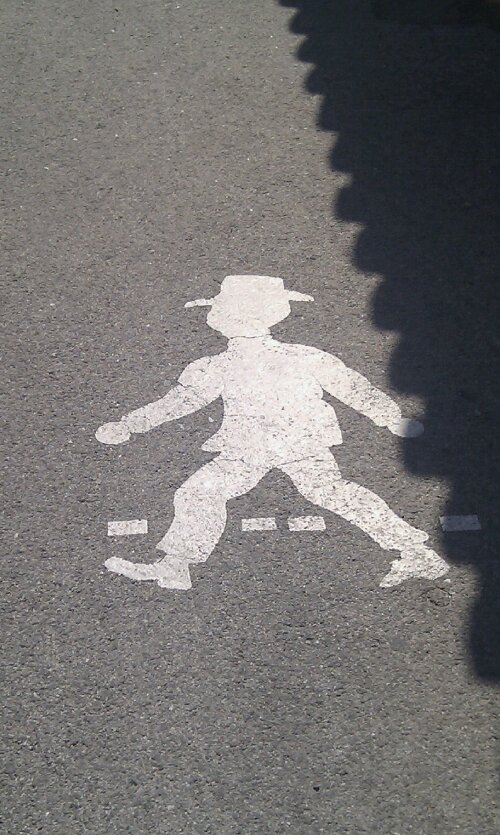
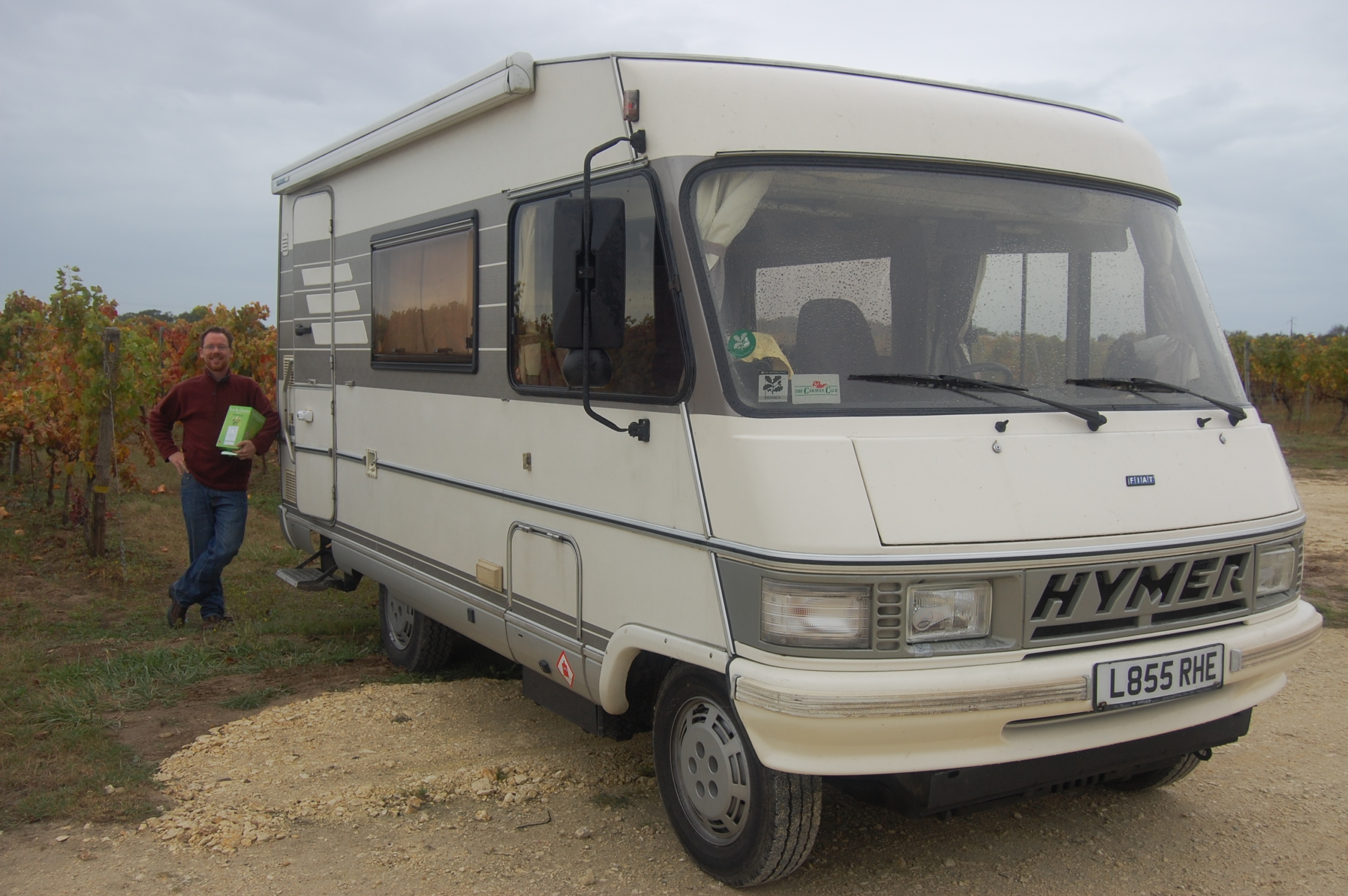
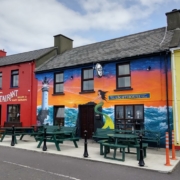
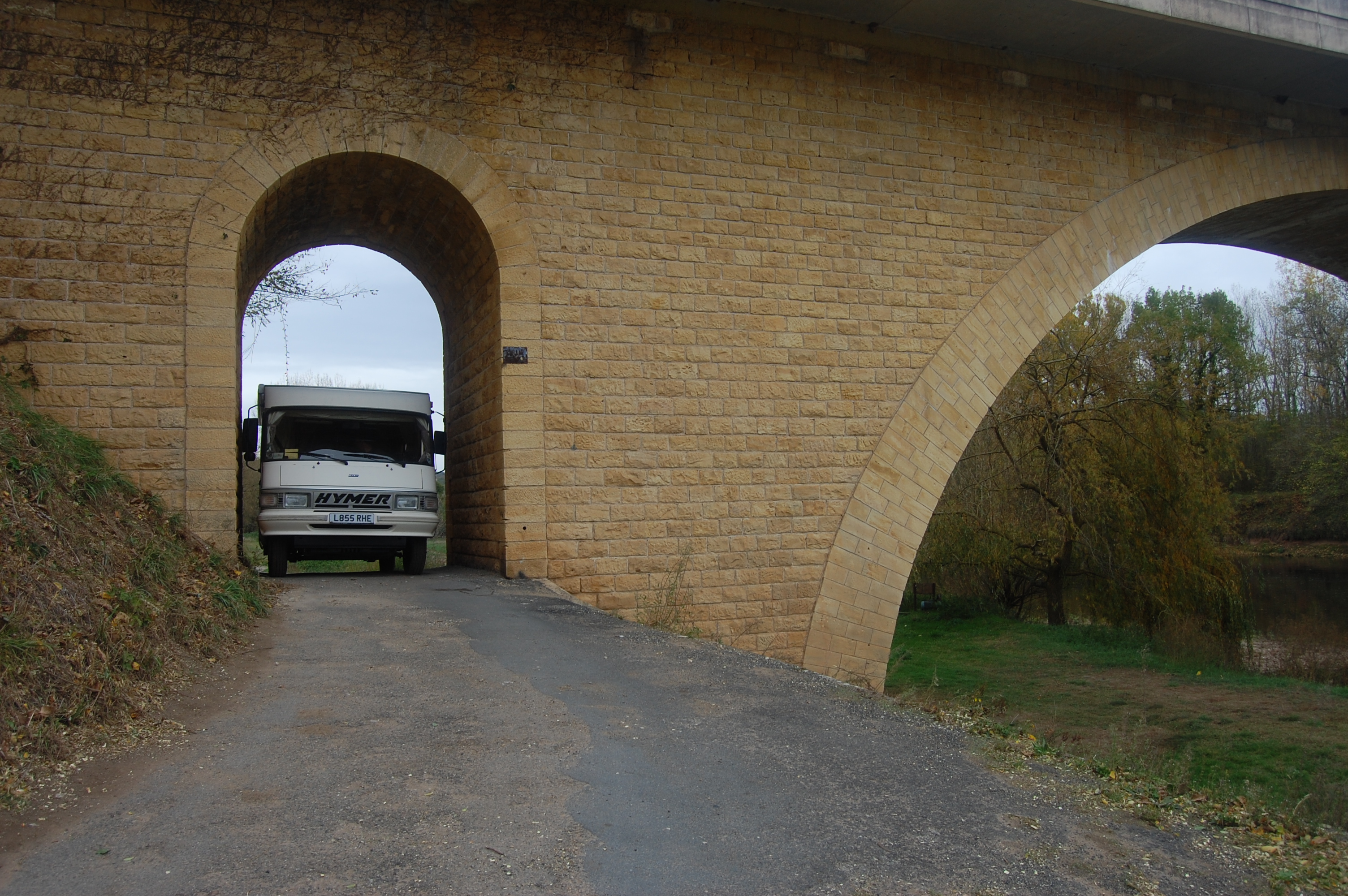
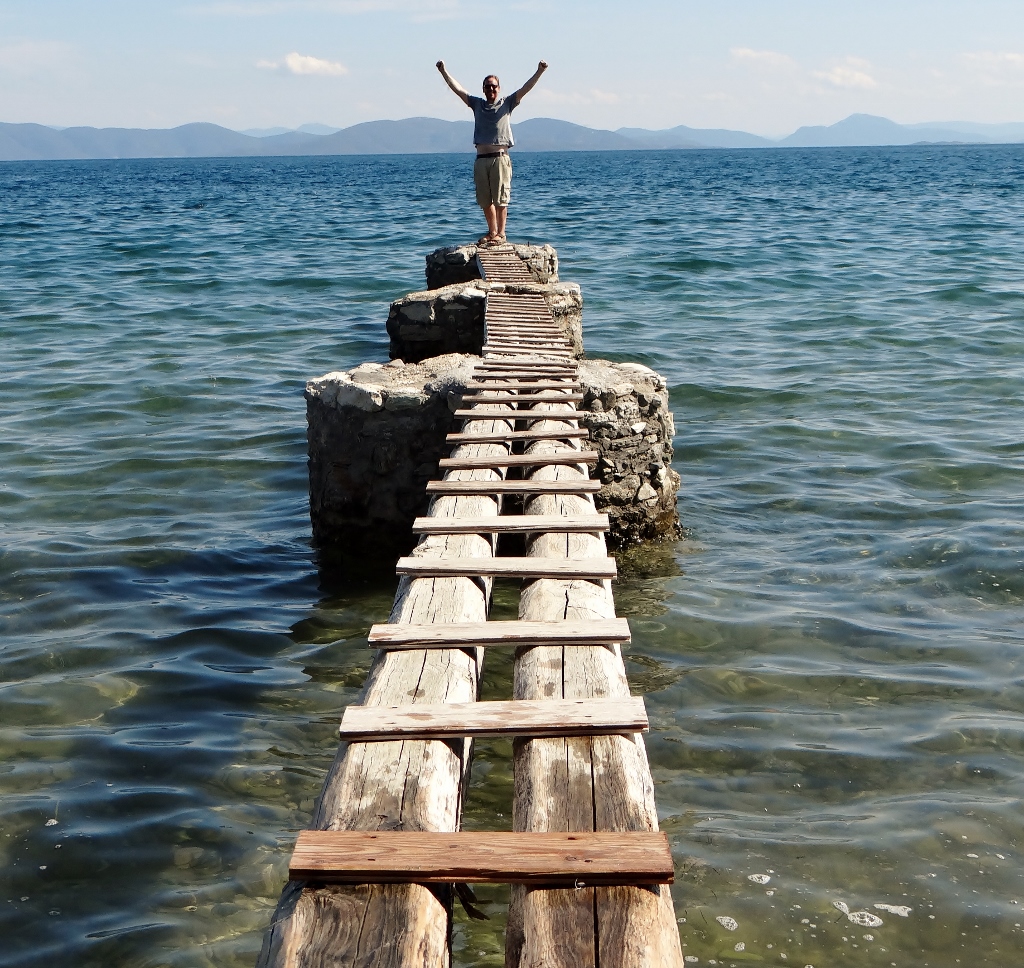
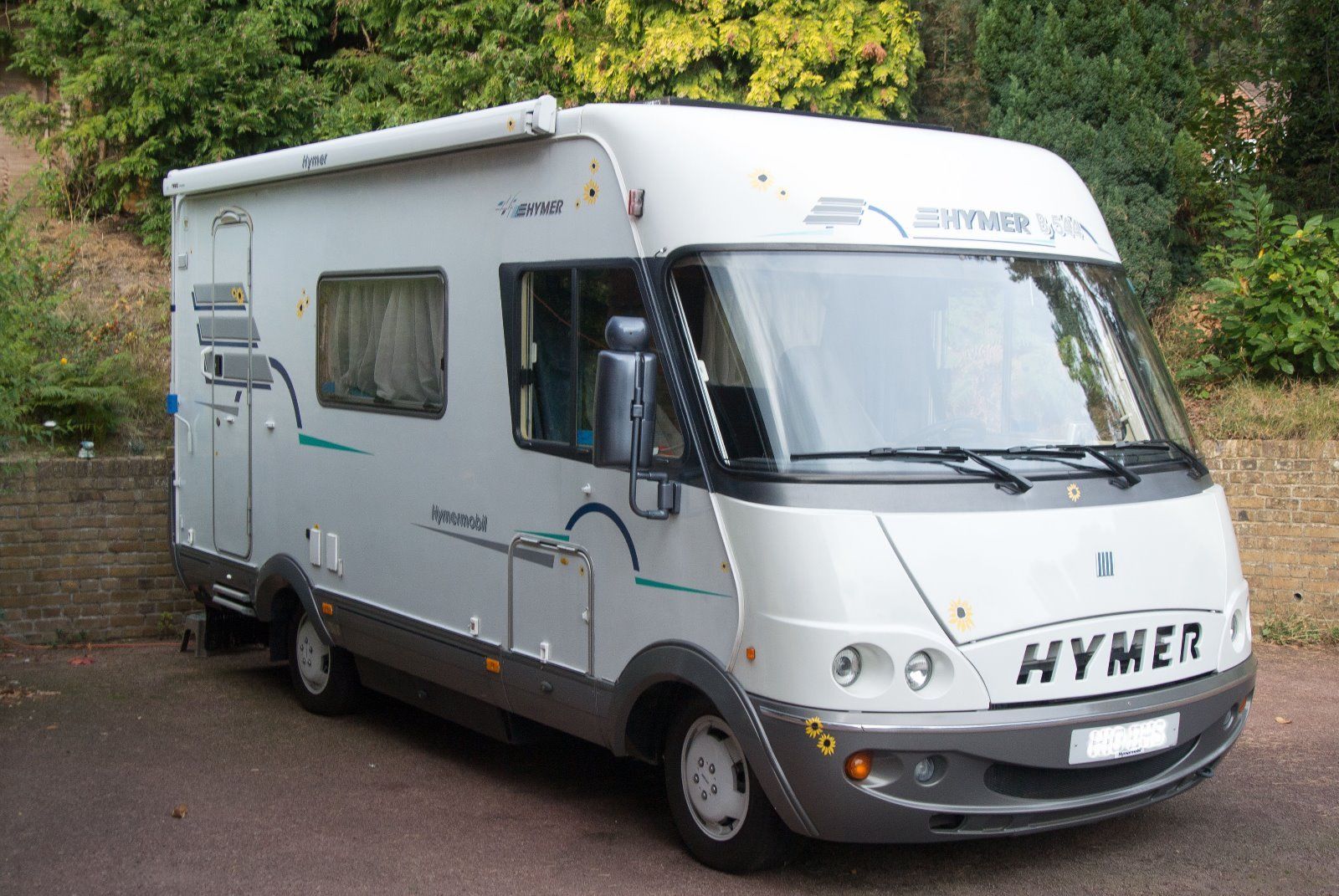


I’m pleased you enjoyed your time on Anglesey, despite the lack of wild camping spots. You certainly covered some ground.
It’s 30⁰C here in Coucy le Château Auffrique, so we’re staying an extra night, as we have shade and some lakes and streams for our dog to cool off in (sadly baignade for humans is interdite!).
Given Holyhead port is only 30 mins drive from our home we may visit Ireland next year, inspired by your recent travels – thanks for the inspiration!
Have a safe journey home.
Paul
Cheers Paul, happy travels and stay cool fella! Jay